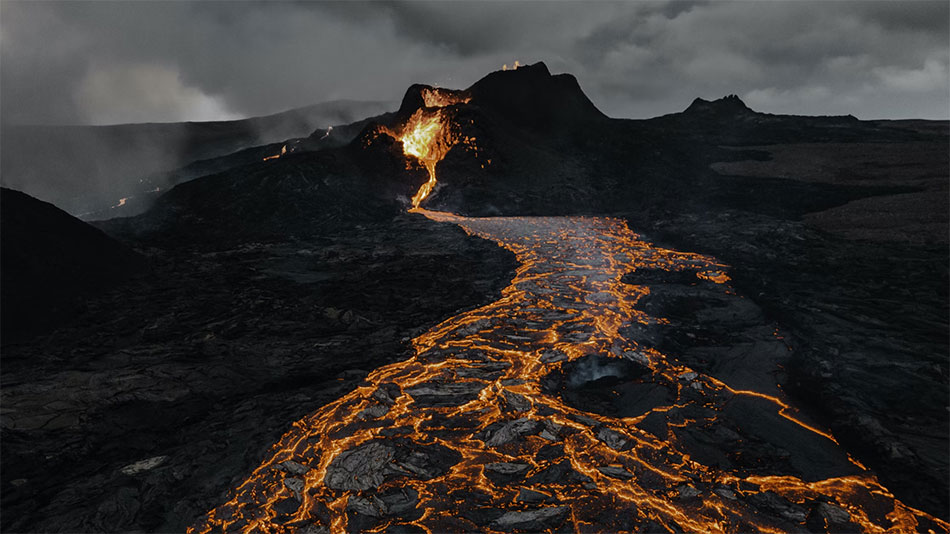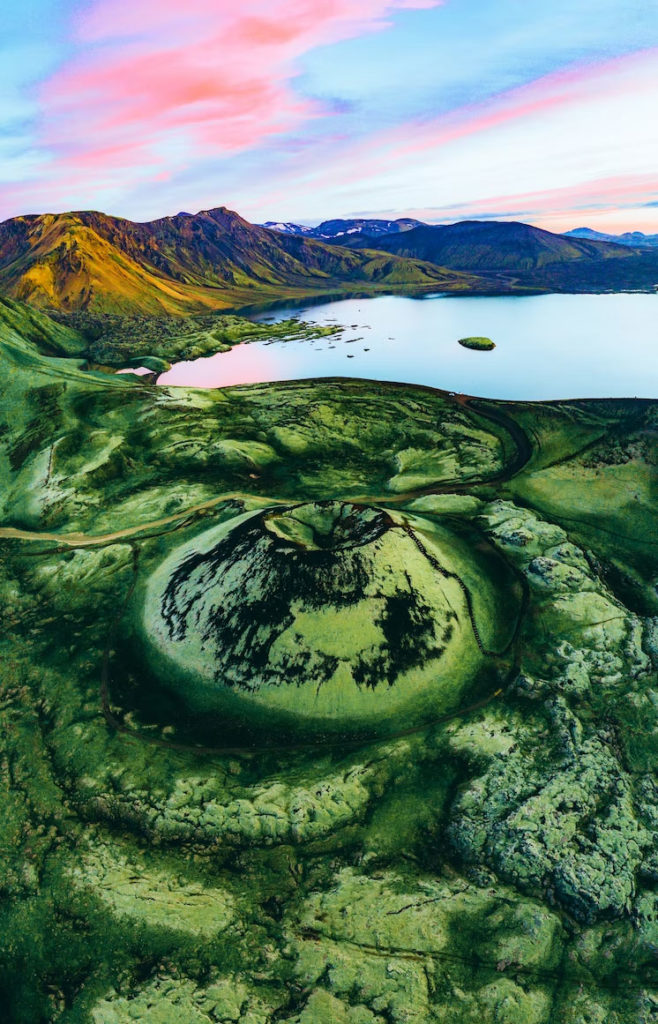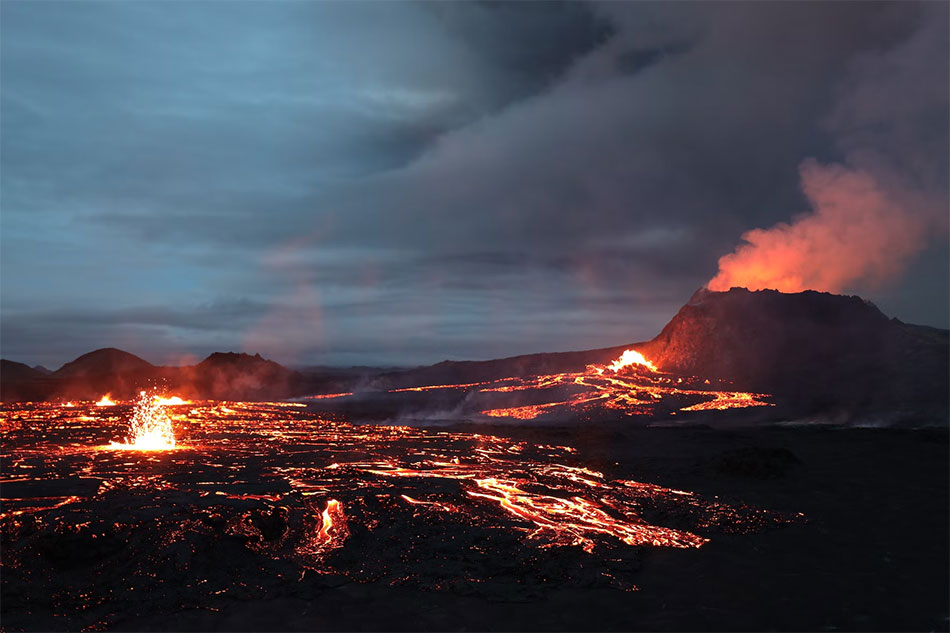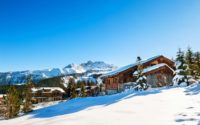Lessons from Iceland: use volcanoes for energy
The renewable energy source Earth is forgetting about? Heat from volcanoes. Dormant volcanoes can be sources of geothermal energy.
Even though wind and solar energy is naturally pure, some people believe that geothermal energy is the best alternative. Despite the fact that geothermal energy is thought to be the most accessible, solar and wind energy are equally clean.

Even now, scientists are studying the usage of geothermal energy from volcanoes, which would be extremely beneficial for areas near dormant volcanoes. The Geological Survey of Canada is now investigating the possibility of using Mount Meager and Mount Cayley as energy sources.
“Scientists and policymakers are exploring all possible renewable energies that will help Canada lower its greenhouse gas emissions and eventually reach net-zero emissions by 2050,” Environmental Science reporter, Isabella O’Malley, writes for The Weather Network. “It might come as a surprise, but Canadian volcanoes could one day play a role in lowering national emissions.”
“[Steve Grasby, a research scientist from Natural Resources Canada (NRCan)] and fellow researchers are focused on analyzing Mounts Cayley and Meager, which are located along the South Coast near Pemberton,” she continues.
“Their analysis indicates there is a “high potential” for extracting geothermal energy from volcanoes in Canada, particularly from Mount Meager. The team has detected volcanic gases being released, which indicates that it is ‘“more of an active volcano than an inactive one.”’

How can volcanoes be used for geothermal energy?
As previously mentioned, researchers from the Geological Survey of Canada are investigating the use of geothermal energy from both Mount Meager and Mount Cayley, two dormant volcanoes north of Vancouver, B.C. According to CBC News, both are sitting atop scalding underground reservoirs that are hot enough to create electricity.
This might prove to be a wise choice to meet federal emissions targets and receive incentives from the Canadian government.
Midway through the 1970s, Canada began investigating geothermal energy, and since then, it has come a long way. Although Canada doesn’t have many active volcanoes, the ones that do exist are numerous.
To use the geothermal energy from volcanoes, hot liquid would need to be pumped into nearby buildings, which would therefore require drilling to release steam from the reservoir which is beneath the rocks. The steam would turn a turbine, which would ultimately generate energy.
Canada will join Iceland and New Zealand if it chooses to largely rely on geothermal energy. And if it does, it’d be a huge environmental win.
“Until we see a first success, it’s hard to understand it’s there…and how it can be integrated into the bigger energy picture,” Geologist Steve Grasby told CBC News. “We need these early wins and this early success… then I think that’s going to help it suddenly roll out much more quickly.”
More work is to be done before volcanic geothermal energy is put to use.

There are a few obstacles to using volcanic geothermal energy.
First off, drilling is exorbitantly expensive, claims Canada Construct Connect. Therefore, in order to even attempt it, geothermal drillers would need a 50% success rate. Those who dig for non-renewable resources, however, just need one out of every seven efforts to be successful.
For the time being, the main focus of study is on how drillers may maximize their success rates by using a 3D map of the volcanoes to complete the task without using seismic lines.
Once they have the process down, this will hopefully be an easy way to harness clean energy.
Moving to clean energy is key to combating climate change, yet in the past five years, the energy transition has stagnated.
The best hotels around the world is your guide to find the best hotels in the world.


